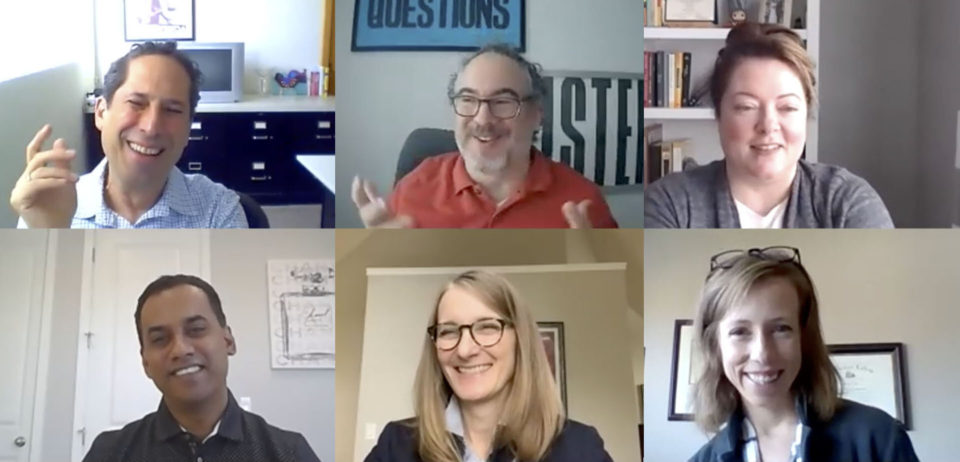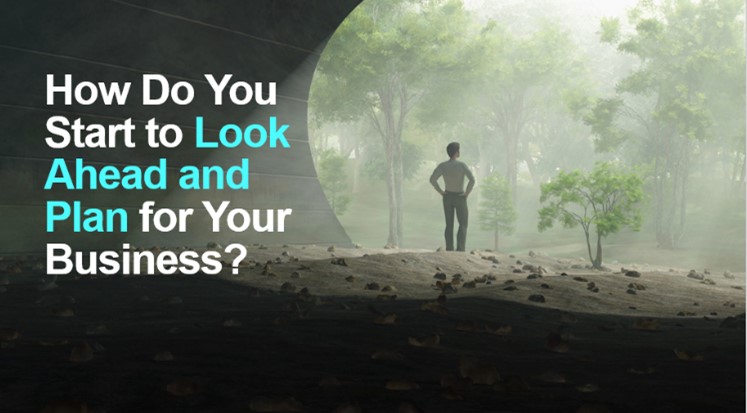I just read Dan Ariely’s 2017 book, Dollars and Sense. Admittedly, the book is a few years old, but Ariely’s behavioral economics approach to how people spend is more relevant than ever (and co-author Jeff Kreisler has an amusing writing style!). The book talks about the irrational ways we spend money and how we, as consumers, can spend smarter.
Of course, as a marketer, it also makes me think of the flip side: how marketers utilize those same mechanisms to get customers to spend more. That’s the duality we have to contend with: as consumers, we try to watch out for the very same methods we employ as marketers. But let’s face it – if we don’t use these methods, there’s a chance our competitors will!
Here are some of the highlights from the book:
- Context matters: customers will pay more or less for something based on contextual cues, such as MSRP or where it’s being purchased (e.g., convenience store vs. supermarket). Even when we know that the seller raised the list price to then offer a “sale,” it still impacts us. (Yes, even you!)
- Spending buckets: even though a dollar is a dollar is a dollar, people do “mental accounting.” For example, we might not be willing to spend any more on “luxuries,” but if that same expenditure gets reframed as “education,” then we are willing to spend on it. Marketers should consider if there are ways to reclassify their products or services to a category customers are more likely to spend on.
- “Fair” pricing: we consider whether a person or company “deserves” the price they are charging (rather than what it’s worth to us). For example, we get annoyed at the locksmith who fixes our lock in two minutes and charges $80, but are willing to pay $120 to the locksmith who took two hours and broke the original lock in the process. Even though we got a greater benefit from the two-minute job, it just seems wrong. Marketers need to make sure they emphasize all the effort that went into the product or service (Artisanal widgets? Hours of deep thought?) so customers will feel prices are fair.
- The importance of language: not only can descriptions make products sound better, they can literally change the way we experience things. That is, we will enjoy a product or service more when it’s described in a way that appeals to us. So don’t skimp on copywriting: find out what makes your product or service enjoyable to customers and tell them all about it!
The main thing I took away from the book as a consumer: when deciding whether or not to make a purchase, we should look at opportunity costs, that is, how much pleasure will the purchase provide compared to other ways we could spend our money.
How do your customers make the decision to spend? It’s worth finding out! Let’s discuss – email me at info at bureauwest.com.

